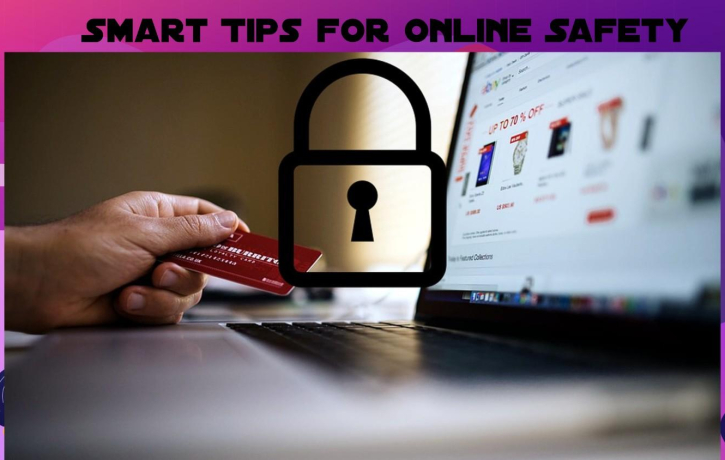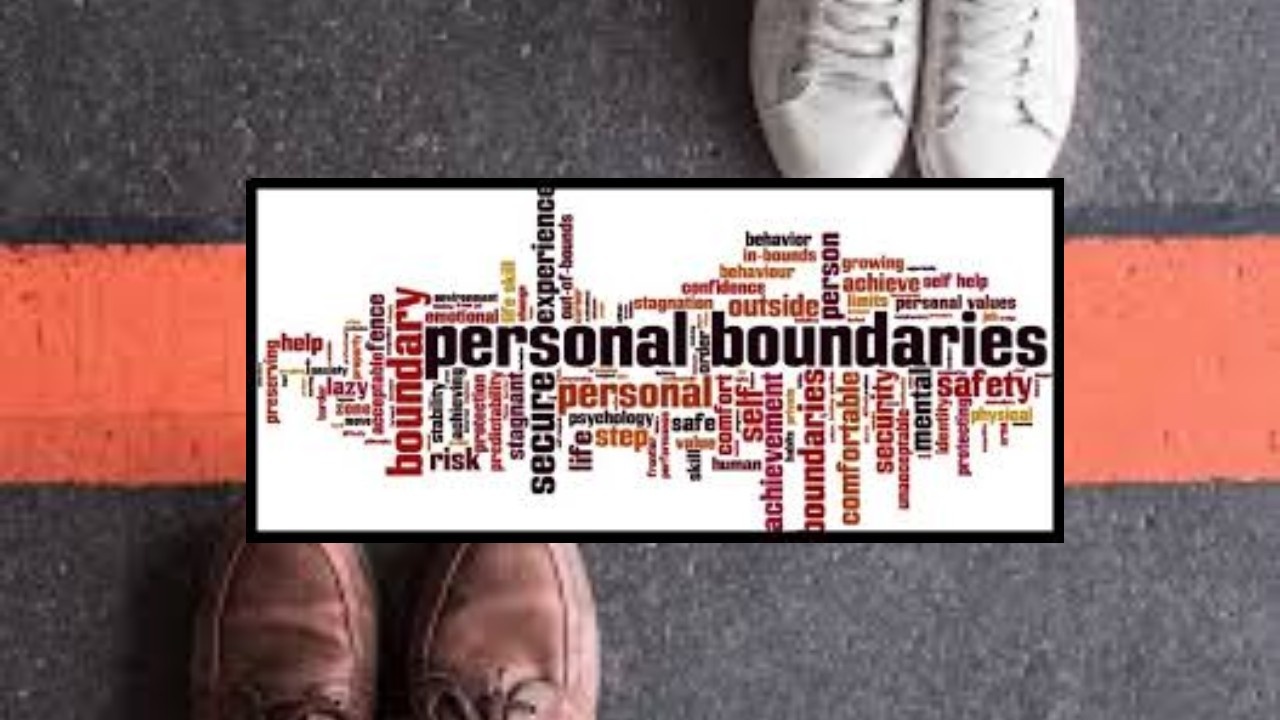- 1 Navigating the Digital Wave: Essential Online Safety Tips for Everyone
- 2 1. Create Strong and Unique Passwords
- 3 2. Keep Software and Devices Updated
- 4 3. Recognize and Avoid Phishing Scams
- 5 4. Use Secure Wi-Fi Networks
- 6 5. Share Information Thoughtfully
- 7 6. Use Antivirus and Anti-Malware Tools
- 8 7. Back Up Important Data
- 9 8. Be Selective with Apps and Extensions
- 10 9. Stay Informed and Teach Others
- 11 10. Report Any Suspicious Activity
- 12 Final Thoughts Smart Tips for Online Safety
Introduction
Smart Tips for Online Safety today’s hyper-connected world, staying safe online is just as important as locking your doors at night. With cyber threats, scams, and data breaches on the rise, understanding the basics of online safety is essential for everyone—students, professionals, families, and seniors alike. Here’s a practical guide to help you protect your personal information and browse the internet confidently.
1. Create Strong and Unique Passwords
Passwords are your first line of defense. Strengthen them by:
-
Using a mix of uppercase and lowercase letters, numbers, and special characters
-
Avoiding common or easy-to-guess passwords
-
Using different passwords for different accounts
-
Enabling two-factor authentication (2FA) for added protection
Tip: Use a trusted password manager to store and generate secure passwords.
2. Keep Software and Devices Updated
Outdated software is vulnerable to cyberattacks. To stay safe:
-
Enable automatic updates for your devices and apps
-
Regularly check for updates to your operating system and antivirus software
-
Avoid ignoring update prompts—they often include security fixes
3. Recognize and Avoid Phishing Scams
Phishing scams aim to trick you into revealing sensitive information. Be alert to:
-
Emails or messages with poor grammar or suspicious addresses
-
Warnings or urgent requests for account details
-
Links that don’t match official websites
Tip: Hover over links to preview them before clicking and never share private details via email or message.
4. Use Secure Wi-Fi Networks
Unsecured Wi-Fi networks can expose your data. Stay protected by:
-
Avoiding financial transactions on public Wi-Fi
-
Using a Virtual Private Network (VPN) on public networks
-
Securing your home Wi-Fi with a strong password and the latest encryption standard
Anything shared online can be used maliciously. Practice safe sharing by:
-
Setting strict privacy controls on your social accounts
-
Avoiding public posts about personal addresses, travel plans, or daily routines
-
Being mindful about sharing images or information about children or others
6. Use Antivirus and Anti-Malware Tools
Cybersecurity software adds an extra layer of protection. Best practices include:
-
Installing reputable antivirus programs and keeping them updated
-
Running regular system scans
-
Avoiding downloads from unfamiliar or suspicious websites
7. Back Up Important Data
Attacks or system failures can cause data loss. Prevent it by:
-
Using cloud storage to back up important files automatically
-
Keeping external hard drives with backup copies
-
Scheduling backups regularly to maintain current data security
8. Be Selective with Apps and Extensions
Applications and browser add-ons can carry hidden threats. Stay cautious by:
-
Downloading only from official app stores
-
Checking app permissions before installing
-
Removing unused or unfamiliar apps and extensions periodically
9. Stay Informed and Teach Others
Online threats are constantly evolving. Stay ahead by:
-
Keeping up with current cybersecurity trends and news
-
Teaching children and older adults simple internet safety rules
-
Discussing online behaviors openly with family and peers
10. Report Any Suspicious Activity
Quick action can prevent greater damage. If you notice something off:
-
Notify your bank or the relevant service provider immediately
-
Change your passwords and perform a full system scan
-
Report incidents to your local cybercrime authority
Final Thoughts Smart Tips for Online Safety
Smart Tips for Online Safety Being online doesn’t have to be risky. With awareness, good habits, and the right precautions, you can confidently protect your digital life. Online safety isn’t just about tools—it’s about being alert, informed, and proactive every time you connect.








